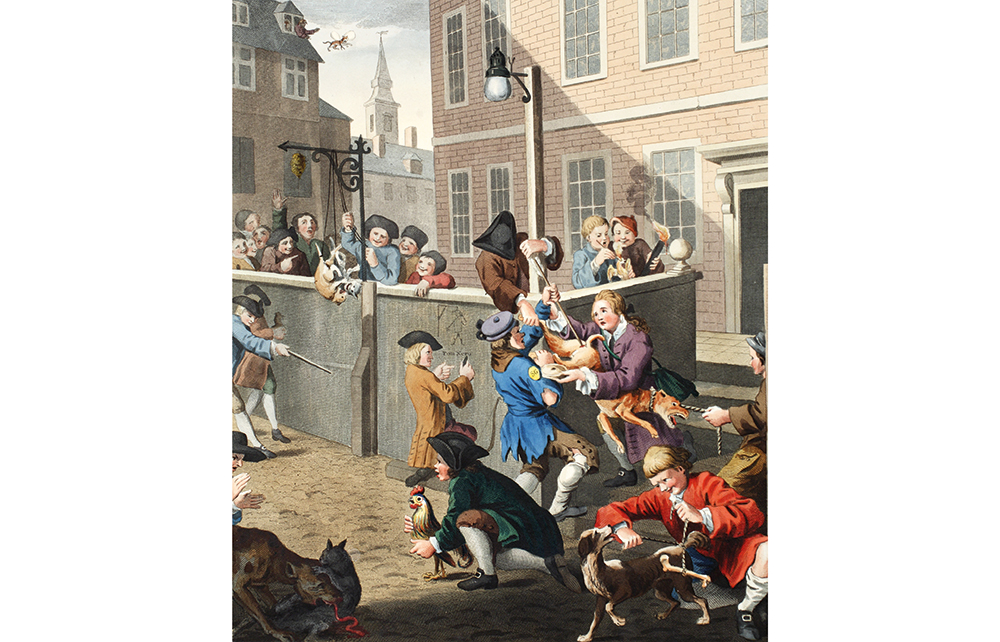To come across dates and names carved into a choirstall or ancient tree is to experience a momentary frisson, a startled connection with the past. Yet this practice of making ‘unauthorised’ personal graphic statements in public spaces is often thought of as antisocial, something to be erased immediately. Unless of course they are by Banksy, whose spray-painted outpourings cost local councils a great deal to clean off before they came to be regarded as valid documents, articulating the thoughts and imaginings of the disaffected.

Disagree with half of it, enjoy reading all of it
TRY 3 MONTHS FOR $5
Our magazine articles are for subscribers only. Start your 3-month trial today for just $5 and subscribe to more than one view
Already a subscriber? Log in






Comments
Join the debate for just £1 a month
Be part of the conversation with other Spectator readers by getting your first three months for £3.
UNLOCK ACCESS Just £1 a monthAlready a subscriber? Log in